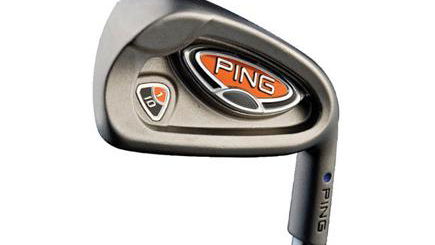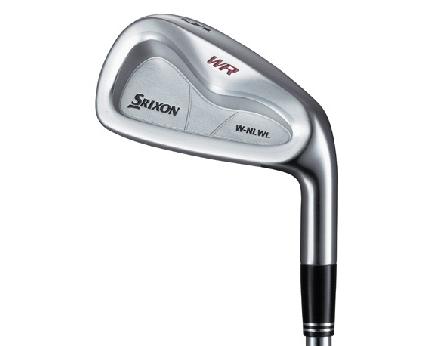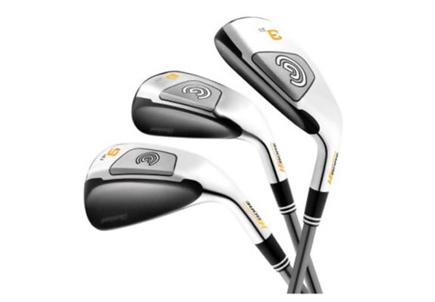i10
Designed to appeal to golfers who prefer the look of a smaller, blade-style club but still rely on the forgiveness of a cavity back. Compact head features, reduced offset and a thin top rail appeal to better players. Rib structure of the Custom Tuning Port (CTP) designed to stabilise the face and improve feel and consistency. Weight savings from the new cavity and face structure, positioned on the low toe to provide a high moment of inertia for its blade length.Centre of gravity location creates a low, penetrating ball flight. Available from 2-iron to lob wedge.

If only everything in life was reliable as a set of Ping irons. Since the appearance of the G2 some five or six years ago, the company's range of game-improvement irons has gone from strength to strength. And having raised the bar with the G5 and its sleeker brother, the i5, Ping has arrived at the next number in the sequence. This 10 might not be perfect but it's not far off.
With the game-improvement end of the market covered with the G10 and a wonderful offering for the better player ( Ping S57), Ping has mercifully not overlooked that tricky middle ground between the higher-handicappers and those with blades in their hands. It's usually a place where 12-handicappers congregate, uncertain as to which way to turn. For this most demanding of groups, the i10 is perfect.
The company's own blurb is the perfect mission statement: “Designed to appeal to golfers who prefer the look of a smaller, blade-style club but still rely on the forgiveness of a cavity back.” Of course, that covers most golfers with a handicap of less than 20, but the trick for Ping is producing a club that combines visual appeal with the technology needed.
They've done it in spades, with a new cavity design spreading consistency and solidity right the way across the face. Weight has also been added to the toe to help stabilize the club at impact - a great plus for players who don't find the middle of the club every time. Placing the CG (centre of gravity) closer to the face than the G10 is also a significant move by Ping engineers. It produces a lower, more penetrating ball flight.
The look is a little more conventional than previous models, although with a slightly square design, simple decals and a very workmanlike appearance, the i10 is still unmistakably Ping. At address the simple white alignment aid stands out, the rear cavity is hidden and the moderate topline strikes the perfect balance between overly thick and intimidatingly thin.
But what of the performance? It's all rather predictable really. From fairway and rough the i10 is just so solid. The narrower sole makes crisp striking a formality, and the feeling at impact is so sweet - cushioned but very solid at the same time. Unlike many of its rivals, the i10 is not forged, but so good is the company's casting process that you probably wouldn't notice the difference.
At £75 a club the i10 is not cheap, but custom-fitting and the option to buy only the clubs you want makes sound financial sense in the longer term. For the 12 handicapper who thinks like a seven handicapper, there are few better irons.
Summary
A sure-fire winner. Not everybody will appreciate the styling, but fans of the brand will be delighted to discover that the feel and performance are everything expected from Ping.

